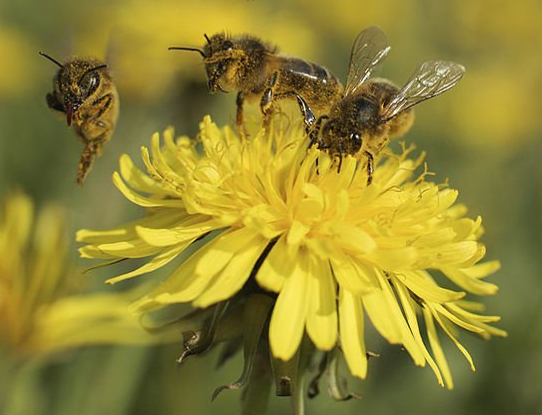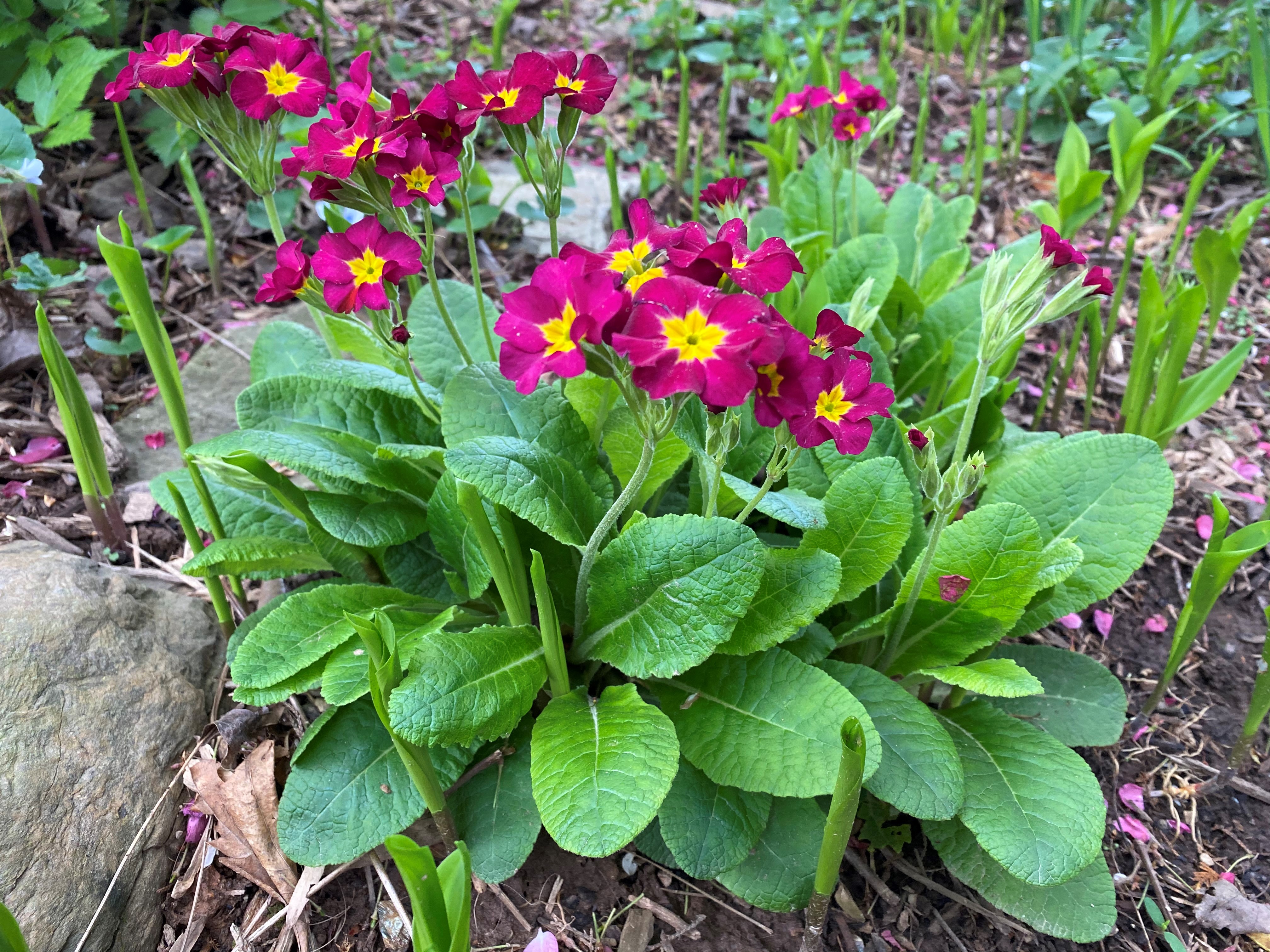
SUBSCRIBE PREVIOUS ISSUES
Spotlight
NIH Building 35 Post-Bac Gardening Group
In Fall of 2020, Anirban Banerjee was struck with a revelation: post-bacs at the NIH have a difficult time communicating with one another. This difficulty was intensified by the effects of the pandemic. Around the same time, Anirban received two plots of land on the NIH Bethesda Campus to take care of. He decided to create not only a garden, but a space for post-bacs to gather and interact.
“The investment in this was not that much,” he says, “But the benefit was a whole lot.”
Almost three years later, Anirban is joined by AJ Gilsrud, Chetan Immanneni, Sumaira Sardar and a host of other post-bacs facilitating the Building 35 Gardening Group. Like the garden, the group itself has grown and improved organically over the years, with regular tending and maintenance to spur on success. Each Thursday, the group gathers to discuss tasks, progress and next steps. They also have a GroupMe chat to stay connected and to coordinate joint gardening efforts.
“A large part of the garden…is inclusivity,” AJ explains. “Trying to break boundaries and not set rules or regulations for who can and can’t join.”
The group strongly embraces this concept, welcoming members from all different backgrounds and experience levels. Everyone from interns to post-docs are invited! Anirban himself grew up in the bustling city of Kolkata and only recently started gardening during the pandemic, once he realized the carbon footprint of his grocery trips. AJ on the other hand, the de facto president of the group, grew up gardening with her grandparents, always finding the experience very comforting and wholesome.
For someone curious about starting or nurturing their own gardening skills, the group has a lot of helpful tips.
“Use basic plants like carrots,” AJ encourages. “Or if you use [garden] starts, it’s very easy!”
“You don’t necessarily need a sprawling backyard,” Anirban adds. “[Back in Kolkata] people just find some space on their terrace and then find ways to garden it.”
“Try to reach out to someone who does garden,” Chetan suggests. “They can give you some pointers.”
The group encourages people to get active in their local community, as well as the one started here at the NIH. Their commitments to inclusivity aren’t just there for show: they gladly welcome all NIH employees to help with tending to and supporting the garden.
“We do have ambitious plans that we are holding on to our budget for,” Sumaira hints at. “We’re trying to see whatever we can get for free. That way, whenever we get the opportunity, we can ask for those ambitious things.”
AJ agrees that the Gardening Group is very ambitious with its goals, setting up more advanced gardening systems like drip irrigation and wooden reinforcements to bolster their progress. However, she believes consistency is where the group can improve moving forward. She wants gardening to be a form of stress relief for participants, but with the nebulous nature of researchers’ schedules, people may find themselves thin on time. The solution to the consistency issue, she believes, is to bring in more people.
What should you do if you or someone you know is interested?
“All they need to do: reach out.” Anirban replies. “There's not any formal process, they just need to be interested.”
“We do have a [safety] waiver form that people need to sign,” Chetan includes. “As soon as that can get done, that’s pretty much it.”
The Building 35 Gardening Group’s attitude towards creating community spaces and helping the environment is a prudent one that should serve as a solid example moving forward. Whether it’s starting a garden or joining the Gardening Group, or any other environmental task, the most important step is the first one.
Anirban leaves us with a story that got him into gardening:
“So one day I remember I was just eating oranges and the seed came out. And I’m like ‘can you get a plant out of this?’ Then I just YouTube this and…that whole thing worked! Someone who's a city-bred person, to see that you can actually take an orange seed and you can get [a] seedling, I'm like, ‘seriously?!’ That was my [beginning] of gardening (laughter). Yeah, and I'm glad that I tried that.”
For the full transcript of the interview, please click the link here.
Featured Article

| Perils of Our Pollinators
Now that it is warmer out, you are likely to see more and more bees buzzing about your home or the NIH campus. Bees, as well as other pollinators, are incredibly important to our ecosystem, but disease outbreaks and climate effects have begun impacting bee populations in recent years. Fortunately, new research is being completed to counteract these maladies!
LEARN MORE
|
Take Action

| Get into Gardening this Summer!
With summer in full swing, now is an excellent time to pick up a hobby that gets you outdoors. Gardening is a great hobby to consider, as it takes advantage of the season’s pleasant weather and has positive impacts on both your personal health and the environment around you.
LEARN MORE |
NEMS Training
Did you know? Almost 80% of the crop plant species worldwide require animal pollination to reproduce. To learn more about pollinators and their role in the ecosystem, please visit the NEMS Training webpage to view a short (20 minute) NIH environmental awareness training video.
The NIH Green Zone Newsletter is a publication intended to inform NIH staff about the Division of Environmental Protection and NIH Green Teams projects and initiatives. The text contained in this newsletter is not copyrighted and can be reprinted without permission. If you use portions of this newsletter in your own publication, we ask that you please credit the source. We welcome your comments and suggestions. Thank you.
|
|---|
| Division of Environmental Protection | Office of Research Facilities | Office of Management
National Institutes of Health | U.S. Department of Health and Human Services
|